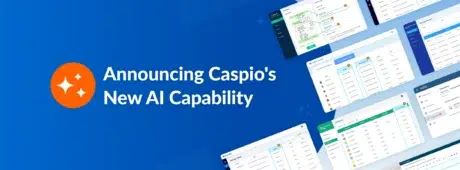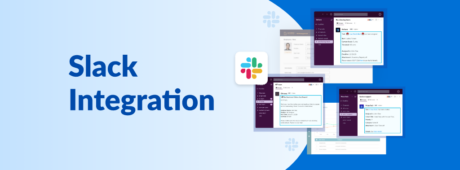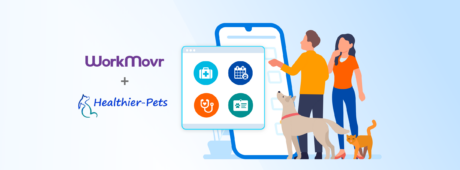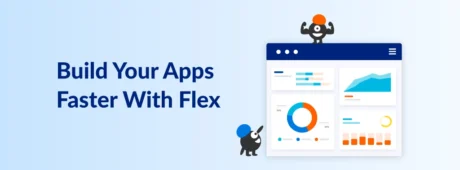Automate Workflows: How to Use Triggered Actions and Tasks in Your Caspio Applications
November 17, 2022
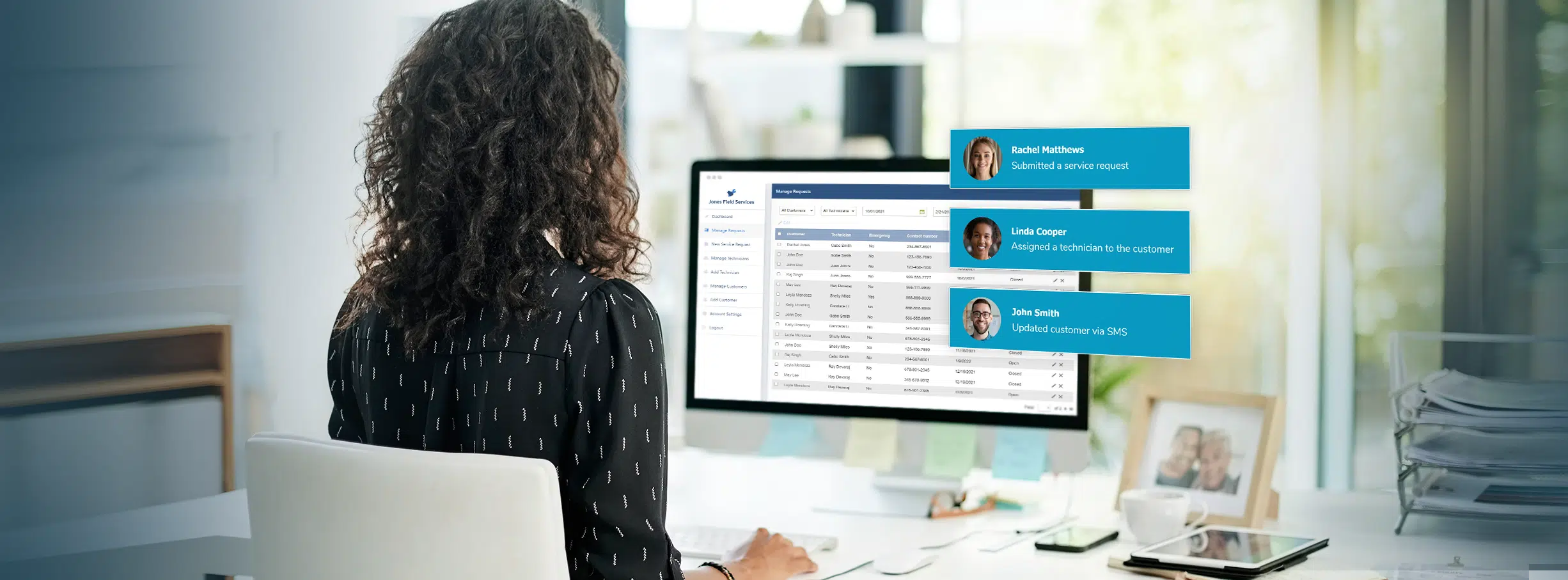
Generating reports, tracking customer feedback, updating inventories and more – all these are manual, time-consuming duties that are necessary to run the business. But imagine if you can free yourself up from repetitive tasks, allowing you to focus on more impactful responsibilities.
Automations can help!
Studies show that the number of automations is doubling year over year. Additionally, more organizations are automating than previously recorded.
Read on to discover how you can automate business processes with Caspio’s Triggered Actions and Tasks.
What are Triggered Actions and Tasks?
Caspio provides users with a powerful drag-and-drop interface to automate data-driven processes in the cloud.
BUILD, EXPERIMENT, IMPLEMENT: Design and automate your workflows with Caspio’s intuitive drag-and-drop interface.
This is implemented in two distinct ways within the platform:
Triggered Actions
Want to trigger conditional logic and data updates automatically whenever data changes in the database? Use Triggered Actions to visually link different logic statements together using a drag-and-drop interface – similar to connecting puzzle pieces.
Tasks
While using the same visual interface as Triggered Actions, Tasks allow you to create rules and send notifications based on a predefined schedule. This form of automation is effective when you need to schedule specific actions or process data at specific times.
5 Ways to Implement Triggered Actions and Tasks
Triggers and Tasks contain visual blocks you can drag and drop to perform different functions. Here are five sample components and how to leverage them for your automation workflows:
1. IF-THEN Statements
IF-THEN statements take a specific condition and check whether it’s true or false. Say you have a table of student test scores where you want to assign grades. If a student’s score is 90% and above, they should be graded as “A”. You can use an IF-THEN statement to check if the score inserted in your table fits the criteria, then apply the necessary grade automatically.
You can also create IF-THEN actions where records are inserted or updated in another table based on certain rules. Based on the example above, you could store student test results in a separate table if a certain condition is met.
2. CASE-WHEN Statements
While similar in function to IF-THEN statements, CASE-WHEN or “switch” statements are best suited for multiple-choice scenarios. Going back to the student grade example, you can use CASE-WHEN to assign descriptions to different grades whether they pass or fail their exams.
3. Variables
Caspio also makes it possible to add variables to make your automations more efficient. Variables store information to be referenced and manipulated as part of your Triggered Action or Task. One use case is counting student records based on pre-defined conditions, storing that value in a variable and updating a table with the stored number.
4. Loops
Loops help you perform a function many times in a row for each item in a list or while a condition is true. For example, you want to create a new record for each student in a class. You can implement a FOR LOOP to generate records until the total number of students is met.
5. Join Tables
The JOIN function allows you to combine rows from multiple tables based on a related field. This gives you more flexibility to gather data from different sources as part of your automation. For example, you can join a student table and a scores table to have both information sets available when you need them for your workflow.
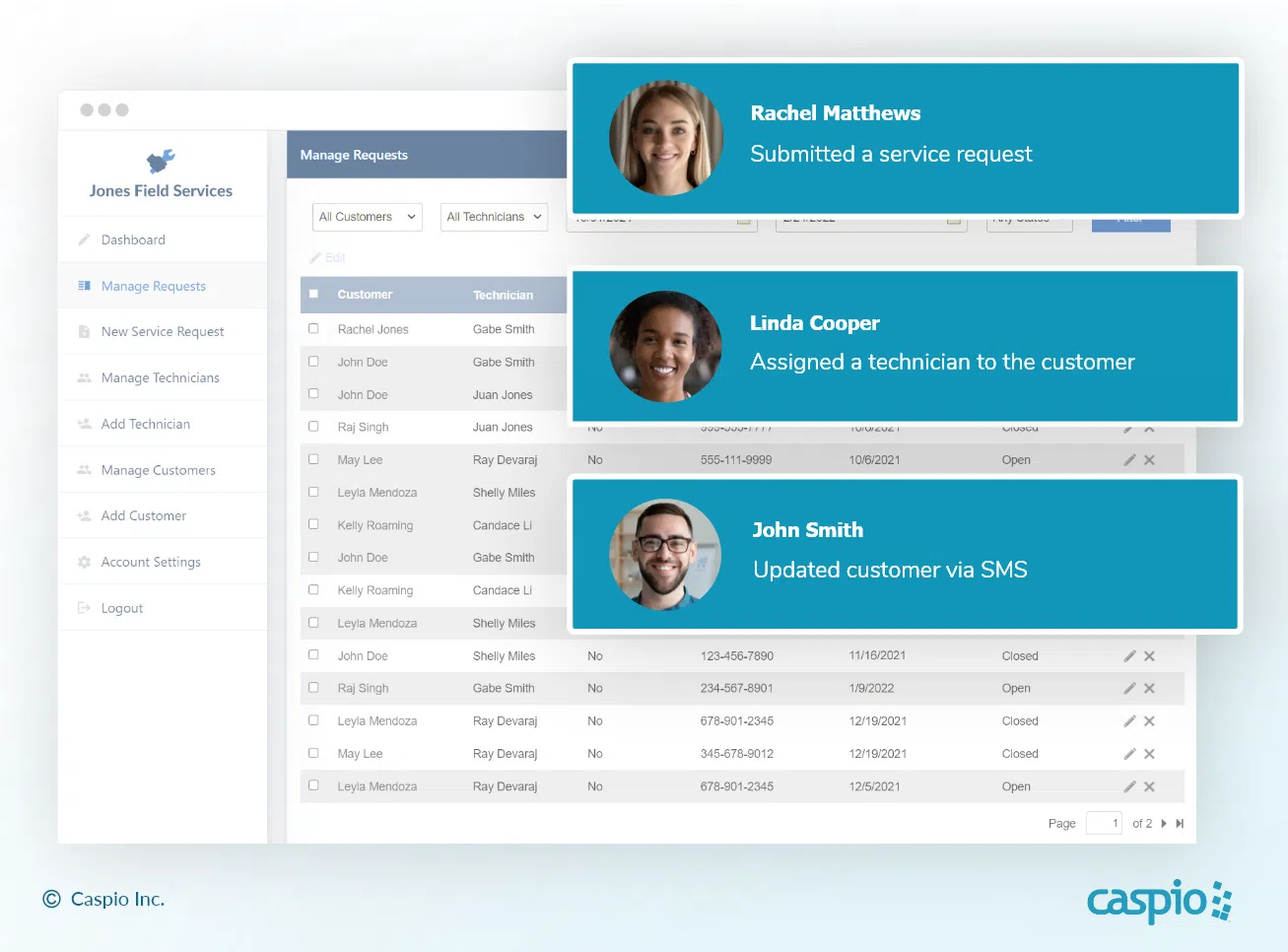
AUTOMATE WORK: Let your app send daily reports, clean data and take care of repetitive tasks while you focus on delivering business value.
Common Use Cases
Using Triggered Actions and Tasks in Caspio helps speed up your business processes. Here are some business logic ideas you can implement to fit your application needs:
1. Order Management
Use Triggered Actions to update order status for real-time monitoring. You can display the latest information on your report interface and send an email to specific users. Then trigger another automation when users provide feedback about their order using your custom application.
2. Activity and Performance Reports
Tasks are one of the best ways to automate your monthly, quarterly or annual reports. Send email notifications at specific times so various stakeholders can access role-based reports from your applications.
3. Recruitment
Need help facilitating the entire recruitment process? Set up automated notifications, acknowledgments and database updates with Triggered Actions to help HR recruiters create seamless applicant journeys.
4. Customer Reminders
Instead of manually sending emails to remind your users to make a payment, use automated Tasks. Configure your Tasks based on your business requirements — whether monthly, weekly, daily or on demand.
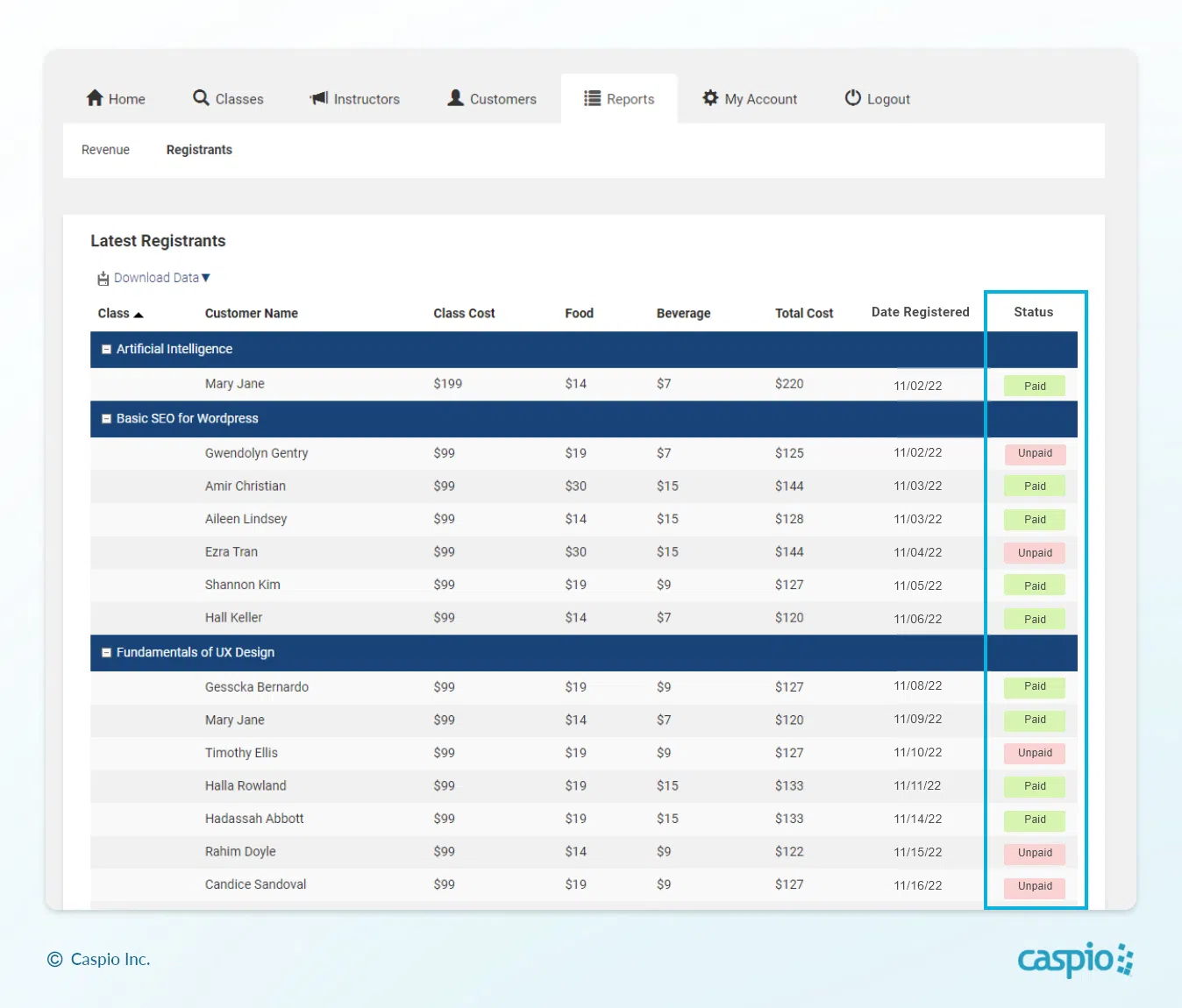
SECURE YOUR REVENUE: Use Triggered Actions and Tasks to automatically remind unpaid customers on your service application.
5. Event Management
Create a Task to send email or SMS messages to your registered participants, reminding them about their upcoming class or webinar. Set the schedule to one day or one hour before the event starts. Upon completing the event, you can send your participants a survey form using Triggered Actions.
Automate Your Workflows With Caspio
Want to speed up your workflows using your Caspio-powered applications? Learn more about it in our Caspio Live episode:
Subscribe to our YouTube channel for more weekly livestreams with interactive app-building and coaching sessions on popular topics.
Here are some previous episodes related to automation:
- Popular Examples of Triggered Actions – Discover more use cases of Triggered Actions you can implement in your business workflows.
- Automate Repetitive Actions With Tasks – Eliminate time-consuming operations such as sending out daily email reminders through Tasks.
- Extend and Automate Your Caspio Apps With Zapier – Integrate your Caspio applications with popular third-party services using Zapier.
Ready to take back valuable time in your day? Schedule a free project consultation to explore how Caspio can help.



